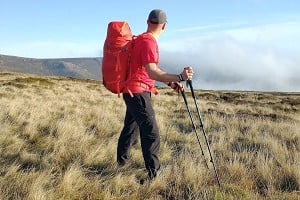
Winner of a gold award for 'best new product' at the Outdoor by ISPO 2019 show, Komperdell's Carbon Expedition FXP4 Pole features an interesting self-deploying design. Several other poles in Komperdell's extensive range also use this new 'FXP' mechanism. The lighter and more compact all-carbon models might be preferable for weight-conscious backpacking, or approaches to summer mountain crags where the pole will then be carried in your pack on the climb, but I'm looking here at the bigger, heftier 'Expedition' version. As the name suggests, this is a solid pole that feels well suited to hard use, not a delicate ultralight model that needs to be treated with extra care. Whether you were ski touring (Komperdell's recommended use), winter hillwalking, or heading on an actual expedition in the back of beyond far from gear shops, this is the winter-worthy model you'd probably want.
Mechanism
The FXP system does away with the full-length internal cord traditionally used on folding poles, reducing the number of parts required in the folding system (from typically 11, to just three, according to the manufacturer). This, say Komperdell, both cuts down weight and reduces the potential for failure.
The mechanism is under considerable tension, so you only need to detach the pole's retaining strap, give it a quick flick, and the whole assembly snaps soundly into place. This more or less instant deployment is quicker and marginally less faff than a typical folding design, all of which require some basic steps to assembly. I'm not sure that convenience is a huge selling point in the grand scheme of things since it's only going to save a couple of seconds. More obviously an advance is that the FXP system doesn't feature the little pop-out button that most such poles ultimately rely on for rigidity. These buttons can be hard to push, and may eventually get jammed or even start to split the pole section. Moreover, there's no annoying rattle or movement between the sections when assembled; instead you get a really rigid, well engineered feel - which is more than you can say for most folding poles.
Although it deploys itself, the pole won't collapse itself; the user is still required to push a couple of buttons to disengage the two tensioned joints. These sprung joints are so lively that the pole always wants to pop up into its full length: without the retaining strap that comes supplied, you'd struggle to transport them. You also have to be a little careful when deploying them, to avoid accidentally poking yourself or your friends as they flick open.
Length and adjustability
As per many folding poles, the length adjusts telescopically, with one pole length sliding into the broader handle section and securing with a clip. In this case the metal clip feels very robust; its tension can't be adjusted by hand however, but requires a screwdriver head or similar (not something you'll always have on the day).
With a usable range between 120cm-140cm the full-sized Carbon FXP4 Expedition Vario is quite a long pole; at 183cm tall I tent to set my poles at 125cm or slightly less. Smaller users will want the shorter, lighter Carbon FXP4 Expedition Vario Compact, at 105-125cm.
For easier transport, the most compact folding poles tend to use a five-segmented design, while here you get only four. Since each individual section is longer (because there are fewer of them), the collapsed length of the full sized Expedition Vario is a not inconsiderable 43cm. That's quite a lot longer than many folding poles I've used, and might be a bit much if you're stashing a pair in a smaller day pack; the Compact version's 38cm is closer to the size you'd expect of a more compact pole.
Weight and build quality
According to Komperdell, the FXP system is 'up to 30% lighter'. It's not explicit what it's lighter than, but I'd assume they are making a hypothetical comparison to the same pole with a more conventional mechanism. Overall, the Expedition Vario FXP4 is not notably light.
Komperdell quote 248g per pole, while I make it 254g (including strap and small basket). A total weight of over 500g for a pair puts the full-length Expedition Vario squarely in the hefty category, whereas you could expect a genuinely lightweight alternative to weigh closer to 350g per pair (the all-carbon poles in Komperell's FXP line-up come in at around 400g per pair). However, while the added weight will be a deal breaker for some, it's less likely to be a pole breaker. With thicker carbon sections than you'll see on many lightweight rivals, the Expedition Vario is clearly built to favour durability over headline weight. In pursuit of greater strength, the bottom section is made not from carbon but from Titanal, a high strength aluminium-based alloy (nothing to do with titanium) used extensively in the ski industry. Since the lowest section of the pole is most susceptible to knocks and even snapping, making it from metal should do a lot to boost a pole's longevity.
While I have not had them long enough to comment on lifespan, I've been impressed so far with the general build quality. In lieu of long term trashing or an actual expedition, I've let the kids use them on family walks, where they've doubled as light sabres and nettle whackers - no harm done so far. For most users I think the robustness will be a key selling point, and the weight will be forgiven.
Handle
As it's the interface between user and pole, the handle is arguably the most important part. Though the basic straight shafted design adapted from ski poles is almost ubiquitous in the industry, it remains an imperfect solution for walking, and it's surprising that more attention hasn't been given to improving handles. I'm a long time fan of Pacerpoles, the only serious attempt I know of to fundamentally reconfigure the handle from anatomical principles; I find any more conventional handle I've tried to be far inferior in terms of efficiency and ergonomics. To say that this Komperdell pole is no exception isn't a criticism of it in particular, so much as of all conventional handles.
To maximise the power of your push-off, and your control over the pole, a straight-up handle is meant to be used with the strap. Personally, I'm not big on pole straps, finding them restrictive and fiddly, and annoying on undulating ground where you might want to shift your grip up and down the shaft. I also know of people who've suffered fractures or dislocations when falling with a pole strapped to their wrist. The upshot is that I'll rarely fit a wrist strap, and generally cut them off. That said, the strap on this pole is as nice as they come, with a soft padded feel and easy length adjustment.
Used without the strap, as is my wont, the handle on the Expedition Vario is better than most, a nice firm foam with a moderately curved sculpted shape for a more comfortable and slightly more efficient grip. There's a bit more length of foam here than you get on many poles, which lets you adjust your grip down the shaft a bit as the ground rises to meet you; to improve this further I'll probably add another hand's-breadth of tape below the handle.
Other features
These poles feature a neat rotating basket, which pivots to adapt to changes in the slope. The basic basket is tiny (sufficient for summer), but a good wide snow basket can be added for winter use, and I think it's on steep snow slopes that the pivoting mechanism would be most effective. The snow basket is really flexible, but seems tough: my only slight concern is that fitting it involves clipping it on with a separate small retaining ring. That's one extra piece to lose or break.
Small velcro retaining straps come fitted to each pole. As stated above, these are essential for storage and transport, so if they wear out or fall off I'll be obliged to add my own.
Summary
While the FXP system at first seemed a bit of a novelty, I think on reflection that it may well prove something of an improvement on the standard folding pole mechanism, not so much for its instant deployment - which is only going to save you a couple of seconds - but for the likely gains in robustness. Overall the Carbon Expedition FXP4 poles are excellent, with a decent handle (insofar as any ski pole style handle is that great), a nice soft strap (some users are bound to like straps), and a nifty tilting basket. You'll find much lighter poles, and some that fold down a good deal shorter, but I think that for most situations the durability on offer here will be worth the added weight and folded length.
Komperdell say:
The latest generation of foldable poles; ultralight and with dead certain connection technology.
- Packed size: 43 cm
- Adjustable from 120 - 140 cm
- Weight: 254g per pole (Komperdell say 248g)
- Expedition short grip
- Comfort Padded strap
- 4-sections: Carbon, Ø 18/16 mm
- lower part: Titanal. HF Rocksleeve
- Powerlock 3.0 mechanism
- FXP folding mechanism
- Ice flex basket
- Ice flex tungsten/carbide tip
- 3 year service guarantee
For more info see firstascent.co.uk



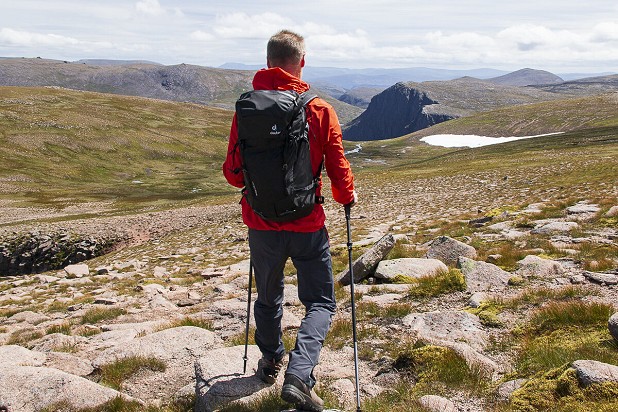
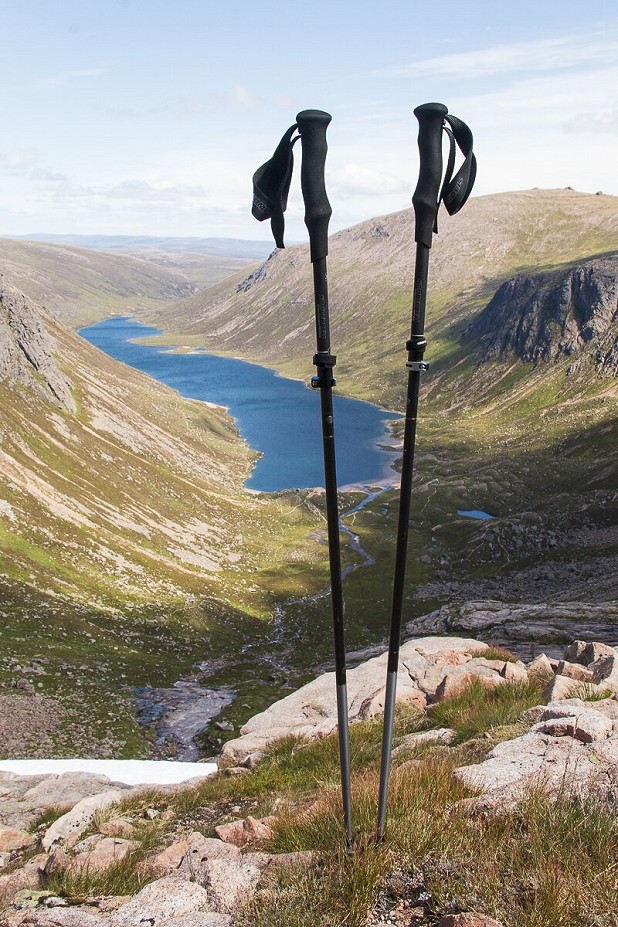
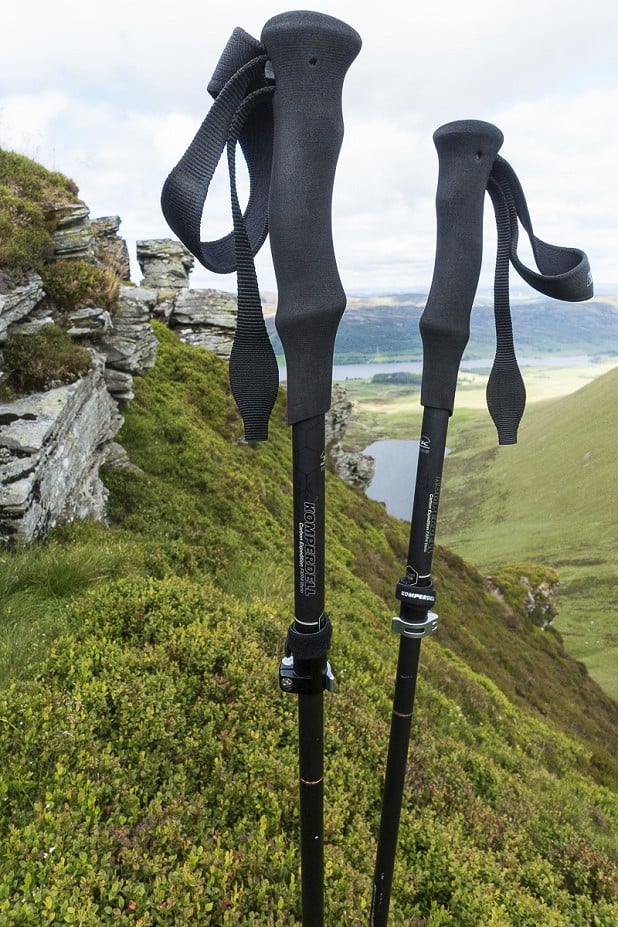
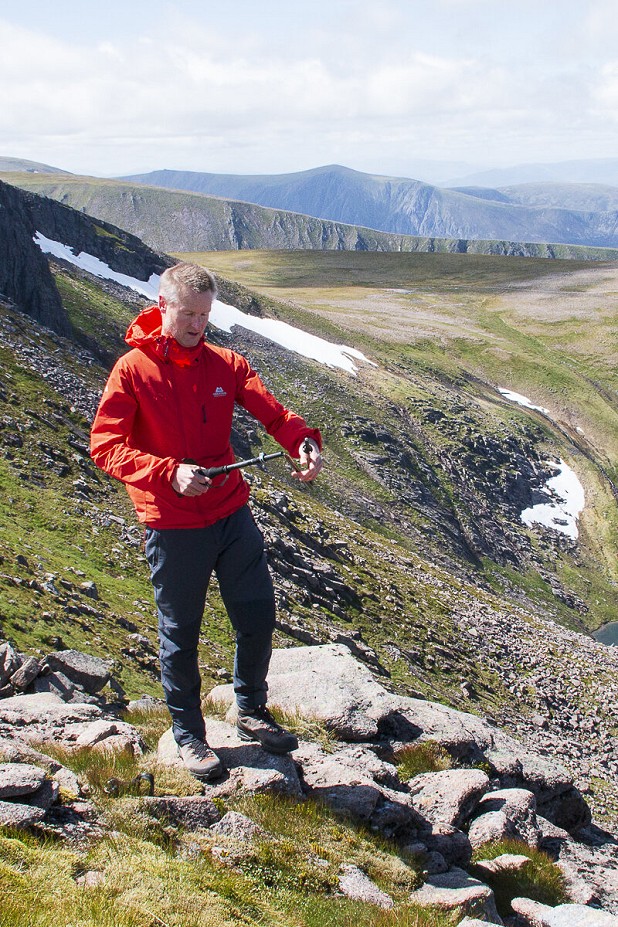
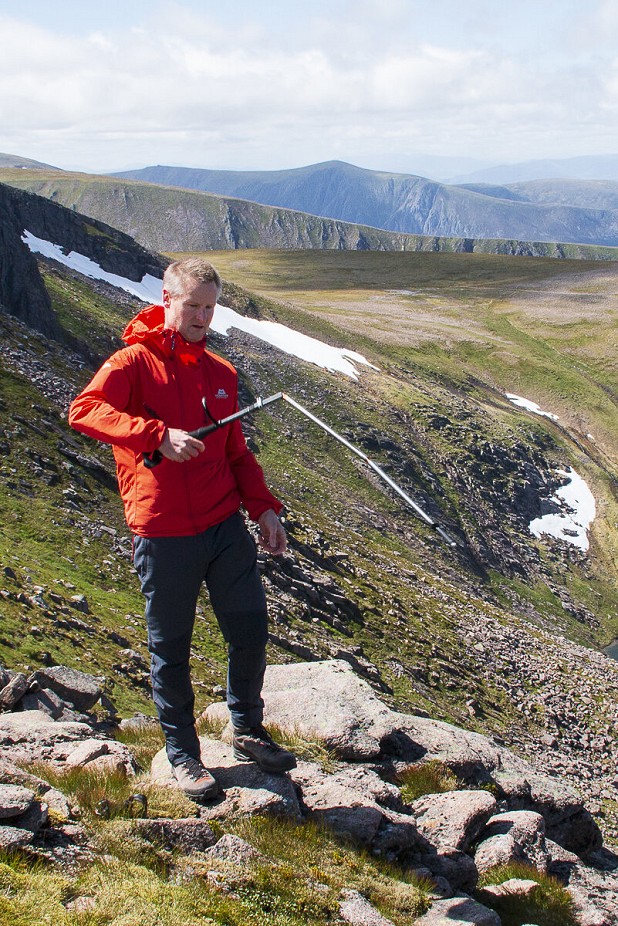
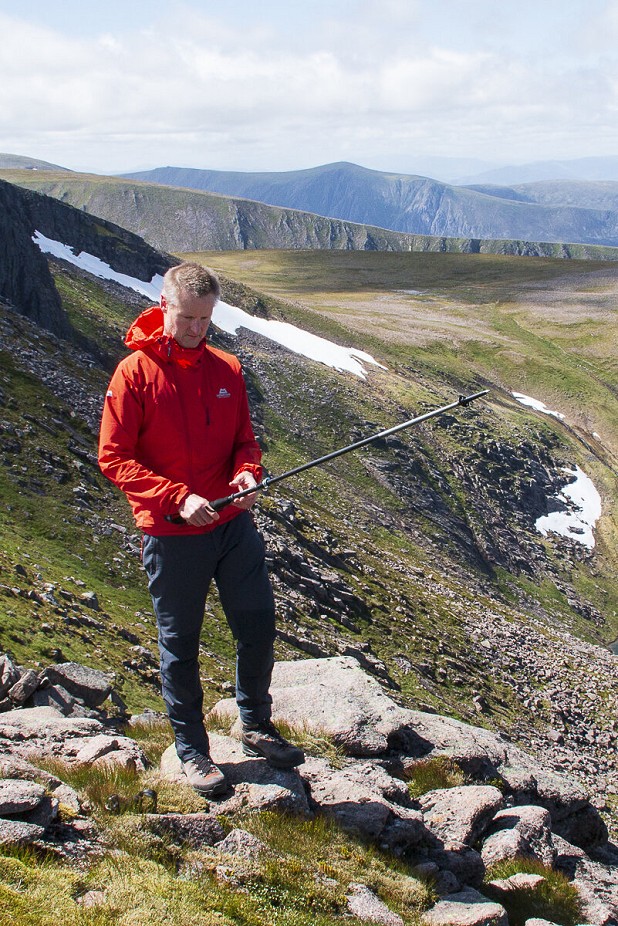
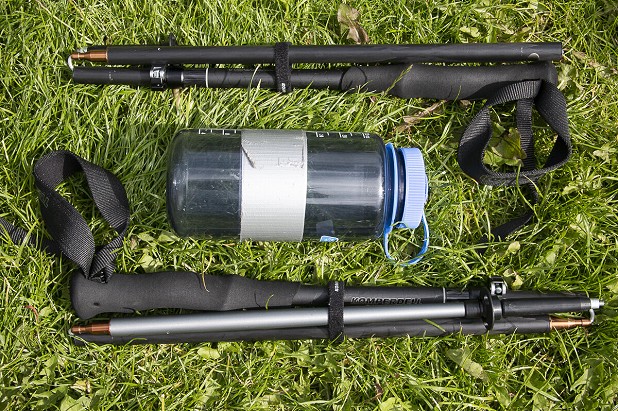
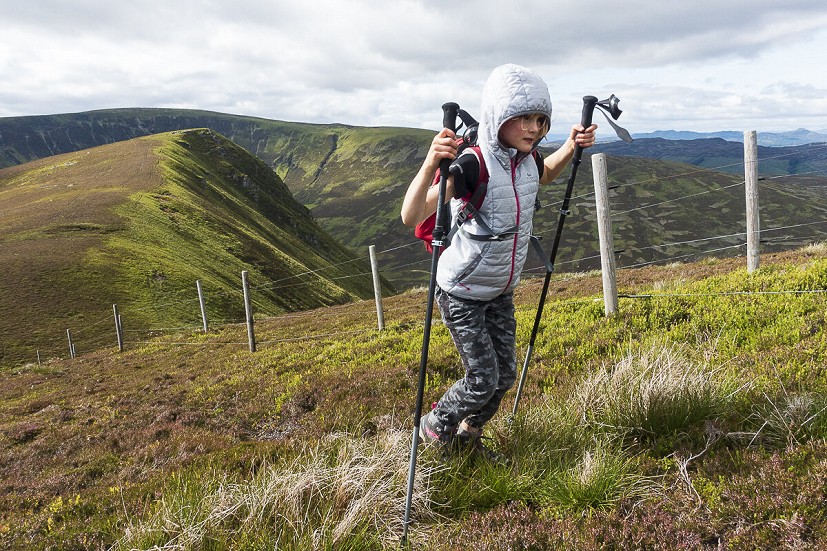

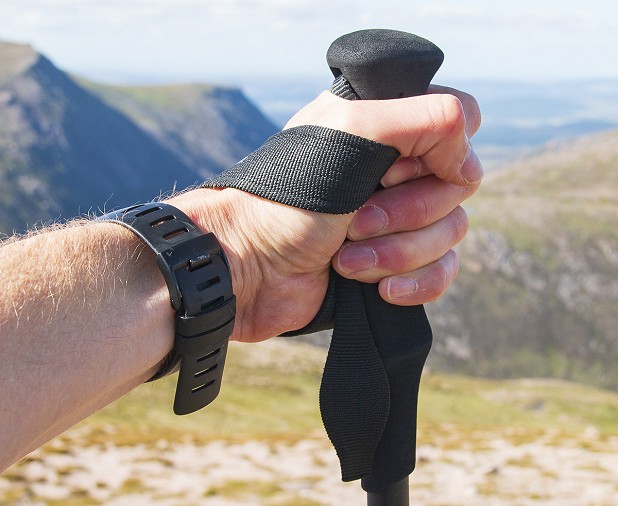
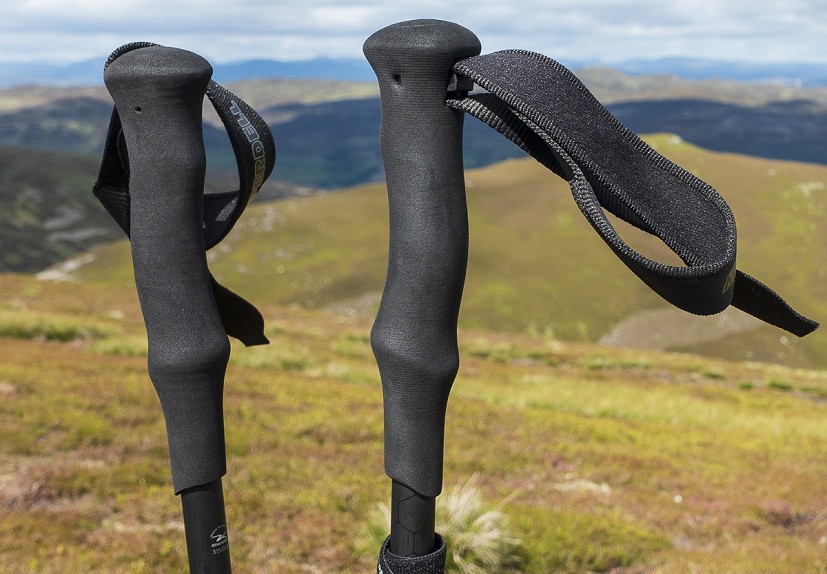
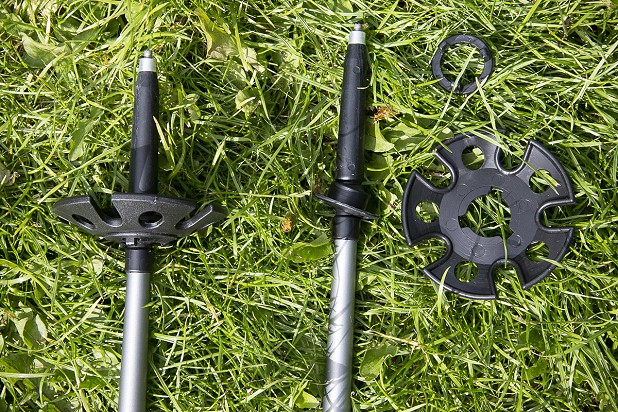
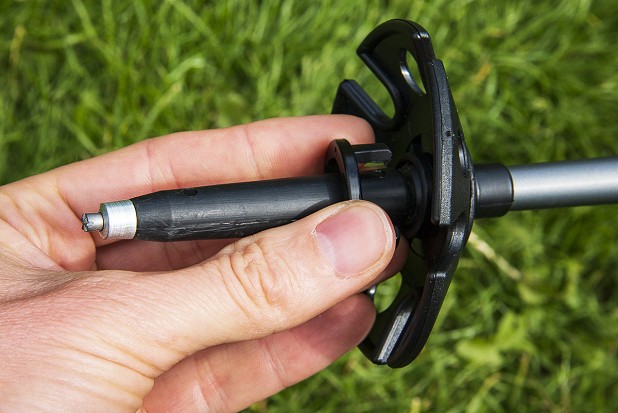

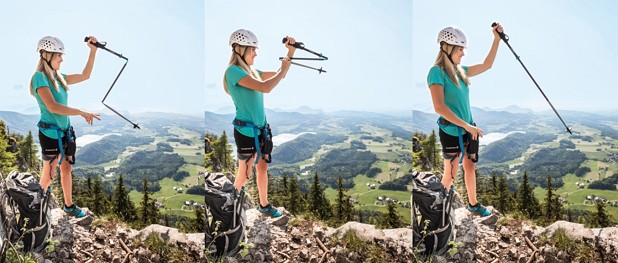





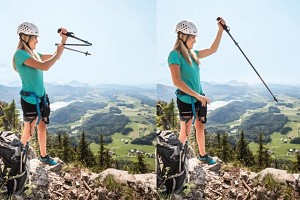
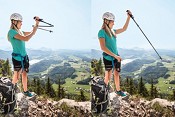
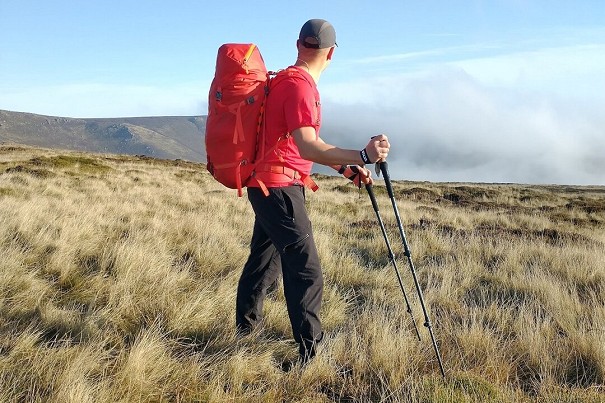






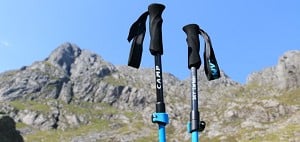

Comments
Your comments on handles and straps is interesting - I guess if Komperdell see this particularly as a ski touring pole people are going to want a relatively traditional handle and strap from a skiers perspective? That said, it does seem that some people are moving away from straps on their ski poles because of a risk (or perceived risk?) of being attached to your poles in avalanche terrain. I don't get to skimo enough myself to have come to any conclusion on this, and with the strapless poles that seem to have become trendy in Cham-extreme-ski type circles I do wonder if they are much use when your are skinning up or even crossing flat terrain.